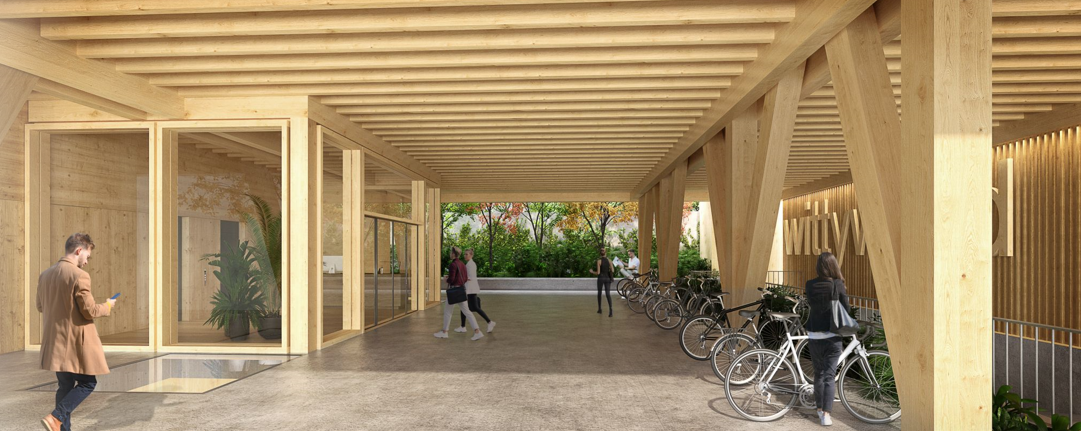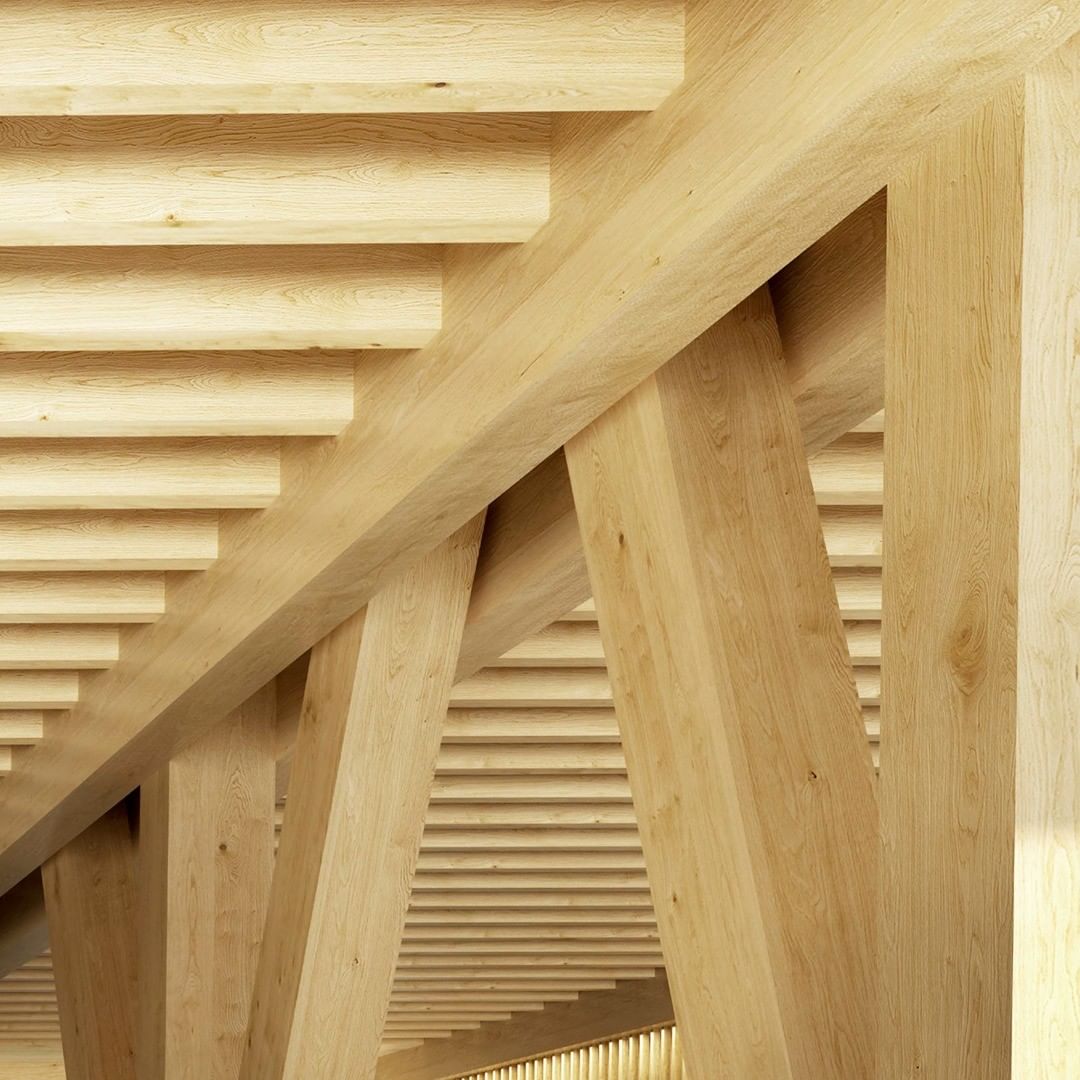Building in wood around the world
In the last few years, we have seen a trend: buildings are being built in wood.
Using this material instead of cement and steel is one of the measures that helps to reduce global warming. Among its multiple benefits, we highlight its renewable nature, its capacity to retain CO2 from the atmosphere and its good seismic behaviour.
In North America, Asia and Scandinavia, it’s a very common material that has always been used in the building sector.
Today, the tallest wooden structures can be found all over the world and here is a list of the most emblematic buildings:
- Mjøsa Tower (Mjøstårnet)
In the town of Brumunddal, 150 kilometres from Oslo, is the world’s tallest wooden skyscraper. Mjøstårnet, which began construction in April 2017, is an 85.4-metre-high building with 18 floors housing a hotel, flats, offices, a restaurant and common areas.
- Brock Commons Tallwood House
In 2017, the Brock Commons student residence in Vancouver, Canada was completed. The building includes accommodation for 404 students and is 53 metres high. It is an 18-storey hybrid building, 17 of which were constructed in solid timber on a first level of concrete – a mix of materials such as sand, gravel and gravel – the same material that was used for the core.
- Peñuelas Experimental Tower
In the Peñuelas Lake National Reserve, Chile, stands the Peñuelas Experimental Tower, the tallest twenty-metre-high wooden building in Latin America. It was built with the aim of investigating and testing the feasibility in the country of erecting medium-rise wooden buildings.
- Hypérion
In the centre of Bordeaux stands the Hypérion tower, 17 storeys and 50 m high, designed by Jean-Paul Viguier & Associates. Hyperion has 1400 m³ of solid wood, capable of storing 1000 tonnes of CO, which is equivalent to the emissions the building will generate over the next 9 years.
- Horyu-ji
At 33 metres high and more than 1400 years old, the Horyu-ji Buddhist temple in Japan remains the oldest wooden building in the world and one of the largest.
In conclusion, we can see how wood has become an important element in the construction of buildings that not only stand out for their size, but also for their aesthetics and sustainability.







